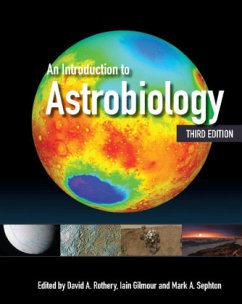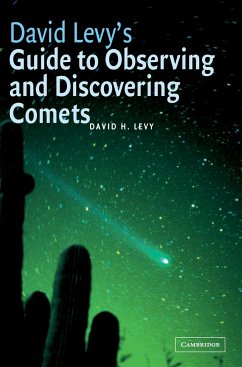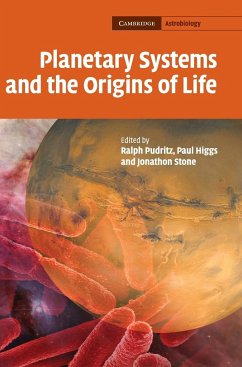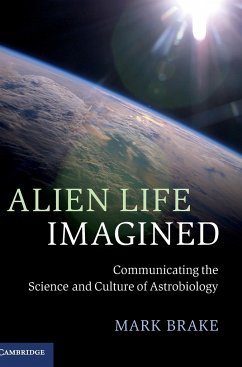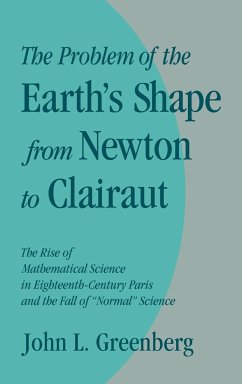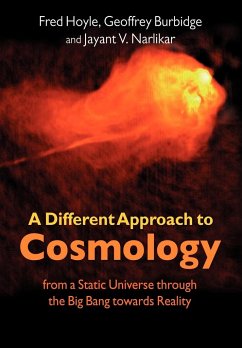
From Stars to Life
Versandkostenfrei!
Versandfertig in 1-2 Wochen
70,99 €
inkl. MwSt.

PAYBACK Punkte
35 °P sammeln!
How did life originate? Is there life beyond Earth? What is the future of life on our planet? The rapidly growing multidisciplinary field of astrobiology deals with life's big questions. This text harnesses the authors' two decades' experience of teaching acclaimed courses in astrobiology, and adopts a novel quantitative approach towards this emergent discipline. It details the physical principles and chemical processes that have shaped the origins and distribution of molecules, stars, planets, and hence habitable environments, life, and intelligence in the Universe. By synthesising insights f...
How did life originate? Is there life beyond Earth? What is the future of life on our planet? The rapidly growing multidisciplinary field of astrobiology deals with life's big questions. This text harnesses the authors' two decades' experience of teaching acclaimed courses in astrobiology, and adopts a novel quantitative approach towards this emergent discipline. It details the physical principles and chemical processes that have shaped the origins and distribution of molecules, stars, planets, and hence habitable environments, life, and intelligence in the Universe. By synthesising insights from domains as diverse as astronomy and physics to microbiology, biochemistry, and geology, the authors provide a cutting-edge summary of astrobiology, and show how answers to many fundamental questions are drawing closer than ever. Geared towards advanced undergraduates and graduate students in the physical sciences, the text contains more than 150 innovative problems designed to enhance students' knowledge and understanding.





